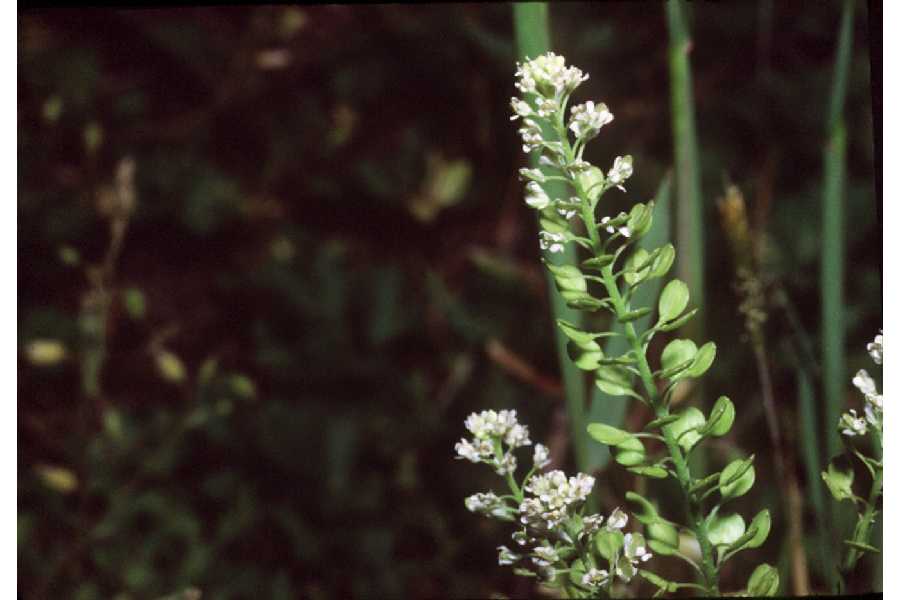Difference between revisions of "AY Honors/Edible Wild Plants/Lepidium virginicum"
m (+ translate tags) |
(Marked this version for translation) |
||
| Line 1: | Line 1: | ||
| − | <noinclude><translate></noinclude> | + | <noinclude><translate><!--T:1--> |
| + | </noinclude> | ||
{{ | {{ | ||
| + | <!--T:2--> | ||
EWP | EWP | ||
| name = Virginia pepperweed | | name = Virginia pepperweed | ||
| Line 10: | Line 12: | ||
| description = Virginia pepperweed's most identifiable characteristic are its racemes, which come from the plants highly branched stem. The racemes give Virginia pepperweed the appearance of a bottlebrush. On the racemes are first small white flowers, and later greenish seedpods. The entire plant is generally between 10 and 50 cm tall. | | description = Virginia pepperweed's most identifiable characteristic are its racemes, which come from the plants highly branched stem. The racemes give Virginia pepperweed the appearance of a bottlebrush. On the racemes are first small white flowers, and later greenish seedpods. The entire plant is generally between 10 and 50 cm tall. | ||
| + | <!--T:3--> | ||
The leaves on the stems of Virginia pepperweed are sessile, linear to lanceolate and get larger as they approach the base. Note that all parts of the plant have a peppery taste. | The leaves on the stems of Virginia pepperweed are sessile, linear to lanceolate and get larger as they approach the base. Note that all parts of the plant have a peppery taste. | ||
| use = The leaves can be boiled for 10 minutes and used as greens. The seeds make a good substitute for pepper. | | use = The leaves can be boiled for 10 minutes and used as greens. The seeds make a good substitute for pepper. | ||
| + | <!--T:4--> | ||
}} | }} | ||
<noinclude></translate></noinclude> | <noinclude></translate></noinclude> | ||
Revision as of 18:41, 1 June 2015
Lepidium virginicum -Virginia pepperweed
Description: Virginia pepperweed's most identifiable characteristic are its racemes, which come from the plants highly branched stem. The racemes give Virginia pepperweed the appearance of a bottlebrush. On the racemes are first small white flowers, and later greenish seedpods. The entire plant is generally between 10 and 50 cm tall. The leaves on the stems of Virginia pepperweed are sessile, linear to lanceolate and get larger as they approach the base. Note that all parts of the plant have a peppery taste.
Where found: Throughout the United States.
Use: The leaves can be boiled for 10 minutes and used as greens. The seeds make a good substitute for pepper.
Template:EWP/Spice Template:EWP/Salad Template:EWP/Boil Template:EWP/Raw Template:EWP/Potherb

